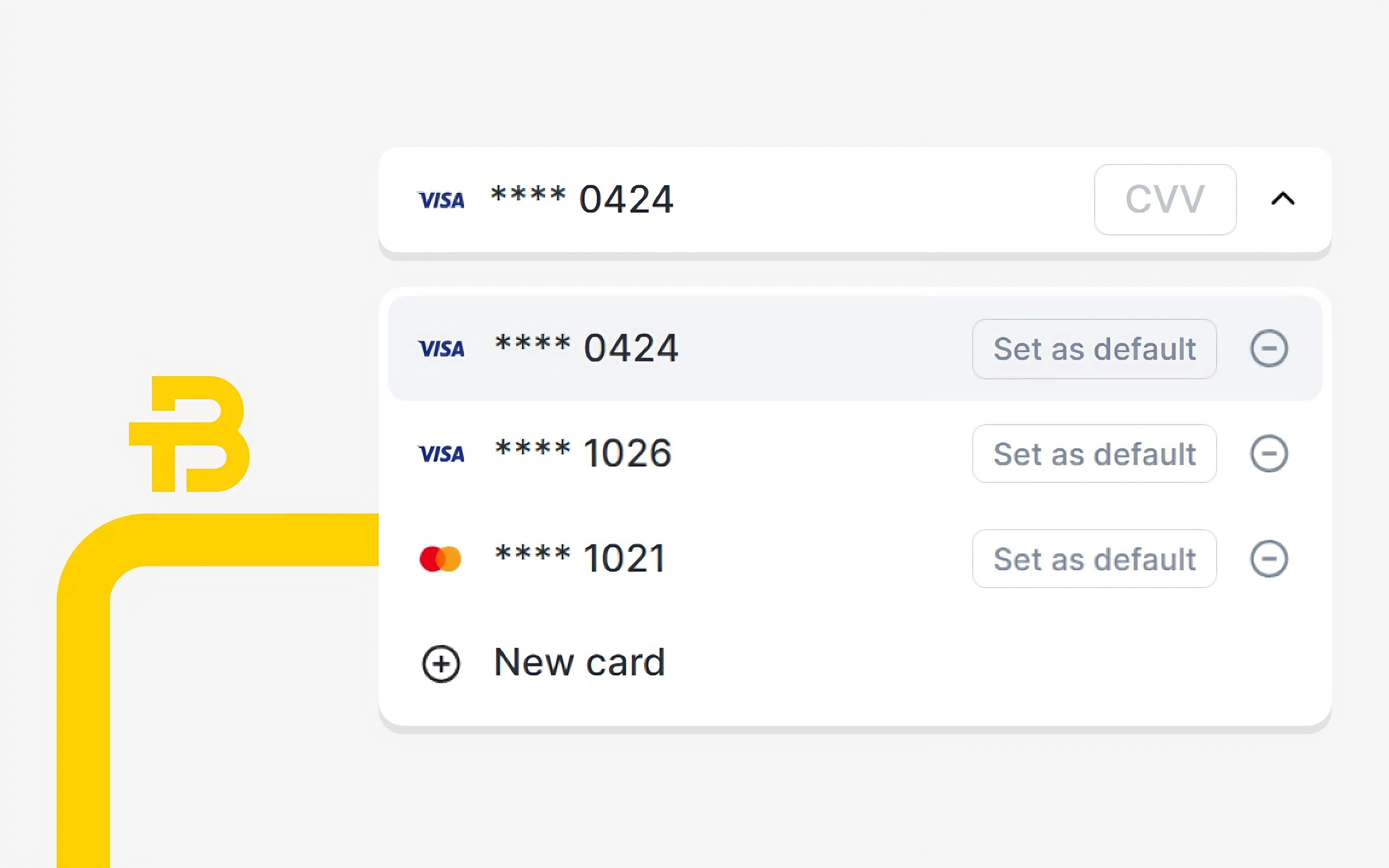
What is a fork of cryptocurrency?
4 min
The world of cryptocurrency and mining coins has so many terms that people are sometimes confused when they read about mining. The blockchain system where you can mine cryptocurrency, such as bitcoin, is highly complicated and it depends not on the centralized unit, but on different decentralized machines that are called nodes.
Within a blockchain, a huge number of transactions is completed. These transactions are approved or disapproved by nodes, then the approved ones are stocked in files that are called blocks. When a so-called miner finds a block and solves it by using a powerful computer or a specific mining rig. The process of solving the algorithm is called mining.
Miners around the world compete with each other to find the block and to solve it. That way they earn a specific number of coins. But what happens if two miners simultaneously find the same block? In this case, appears a fork. In this article, you will find out what does the fork mean, how and when it appears, and other peculiarities of this notion.
What is a fork
It was mentioned above, whenever something happens within a blockchain, nodes save the information. A fork appears when one protocol is split into 2 compatible versions. It doesn’t mean that one of the versions is false, both of these protocols are correct. But overall, the situation is incorrect.
When such an event appears unintentionally, for instance, when two miners find one block simultaneously, the system identifies the problem and quickly resolves it since it has a destabilizing impact on the network. But the split might happen intentionally. There are two types of forks:
• Unintentional fork – as in the example above, it appears without any intentions and it has to be resolved.
• Intentional fork – is always done with some purpose, usually, to benefit something.
Intentional forks are usually produced by the developers. As it is known, every detail within a blockchain follows some rules. But when the rules are updated by the developers, the new fork appears. For instance, if there is a vulnerability, developers are trying to fix it by adding new rules. And that’s when these splits appear.
This so-called “forked” code has a similar form to the original, but with changes. These changes are usually permanent, that is why an upgrade to the latest version is needed. But either the fork is intentional, or it happened accentually, both these types of splits have something in common – a parent protocol. This protocol contains all the information about every action before the fork occurred.
Hard or soft?
If a split occurs with a purpose, it can be a hard or soft fork. A soft version is when the developers have implemented an update with new rules, but this new version is compatible with the old one. This means, that even if several users fail to update their software, they will be able to enter the system and to complete their tasks.
People won’t be completely shut, they still can use the system, that’s the key. The example of a soft fork is a block size limit within the Bitcoin blockchain. Several years ago, no limits were applied to these blocks. But then the change was Implemented through such soft fork. Most users within the network have decided to update their software and the change was accepted.
A hard fork means that if users won’t update the software, they will be completely cut off from the system. That’s why it’s called a hard fork, because you have only two ways out of the situation – either you update, or you forget about mining.
Risks and opportunities of hard forks
Hard splits can be planned, meaning that users are warned about new rules. But when there is an opportunity, some people might grab it. Imagine a situation, when some people have already updated their software, but others didn’t. This situation can lead to an opportunity where someone can spend the same token twice.
Someone can spend one coin within a new block, and then he can spend the same coin within an old system. It’s very difficult to recognize this action since users of the new version won’t see the second spending while people who still use an old version don’t see the initial spending. Such actions will lead to loss of money.
Other news
More newsOne Single Step
Learn more



